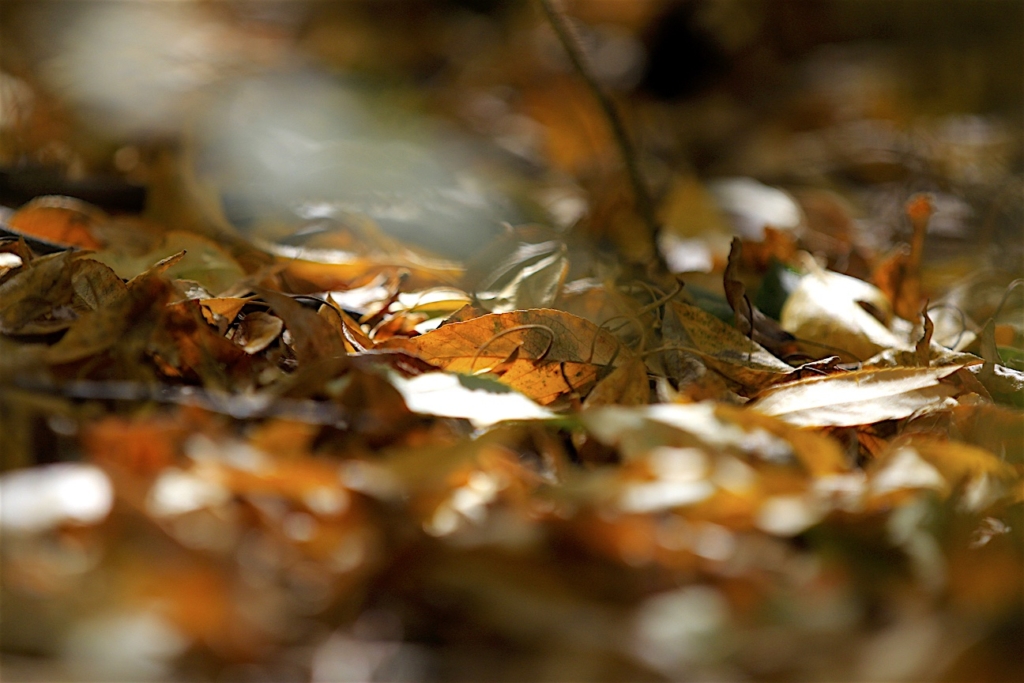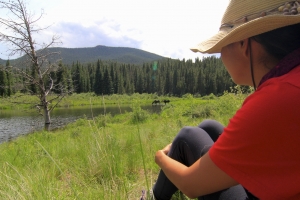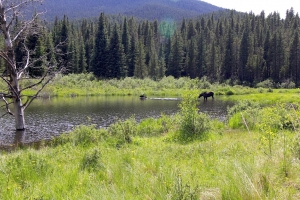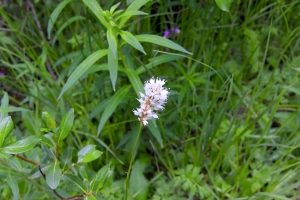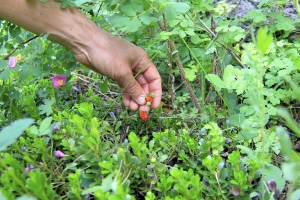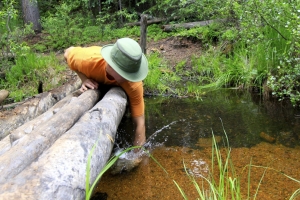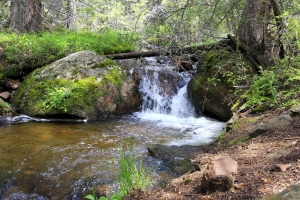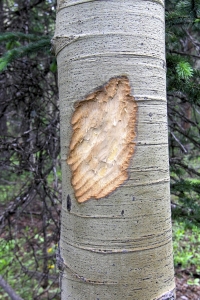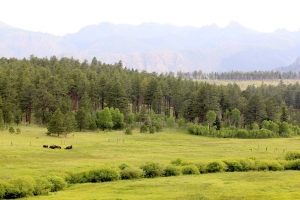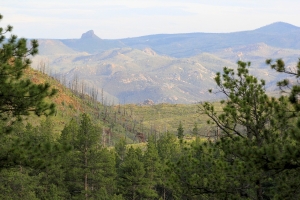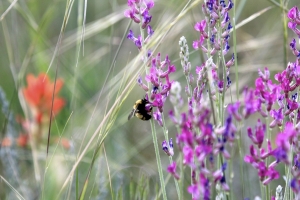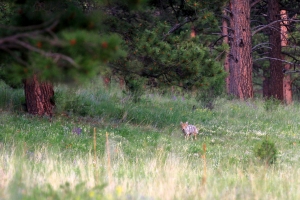When fall arrives to the Rockies
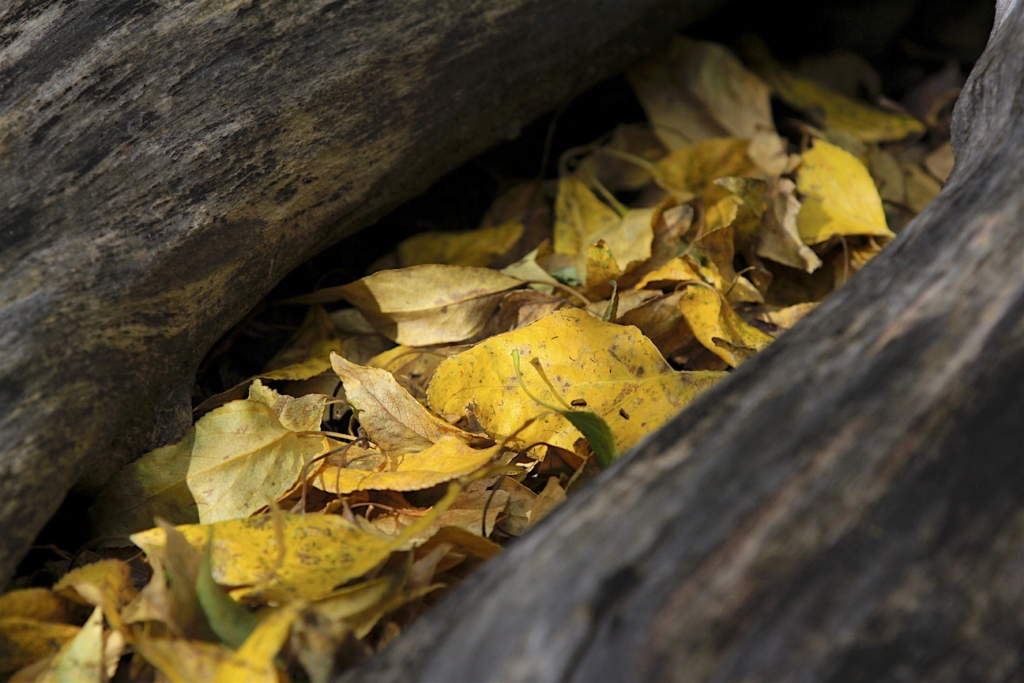
 Sometimes fall comes gradually, over the course of several weeks such that one is hardly aware of the looming change. Leaves transition from green to yellow to red to brown as the Sun traces lower and lower arcs across the sky.
Sometimes fall comes gradually, over the course of several weeks such that one is hardly aware of the looming change. Leaves transition from green to yellow to red to brown as the Sun traces lower and lower arcs across the sky.
But sometimes fall comes on the tail of gusting winds so strong that trees shed their leaves in a single day, and the temperature marks the change of seasons from sunrise to sunset. No matter the velocity, when winter approaches, fall descends upon the Rockies with bold display and vibrant array of all that will soon be buried in snow.
